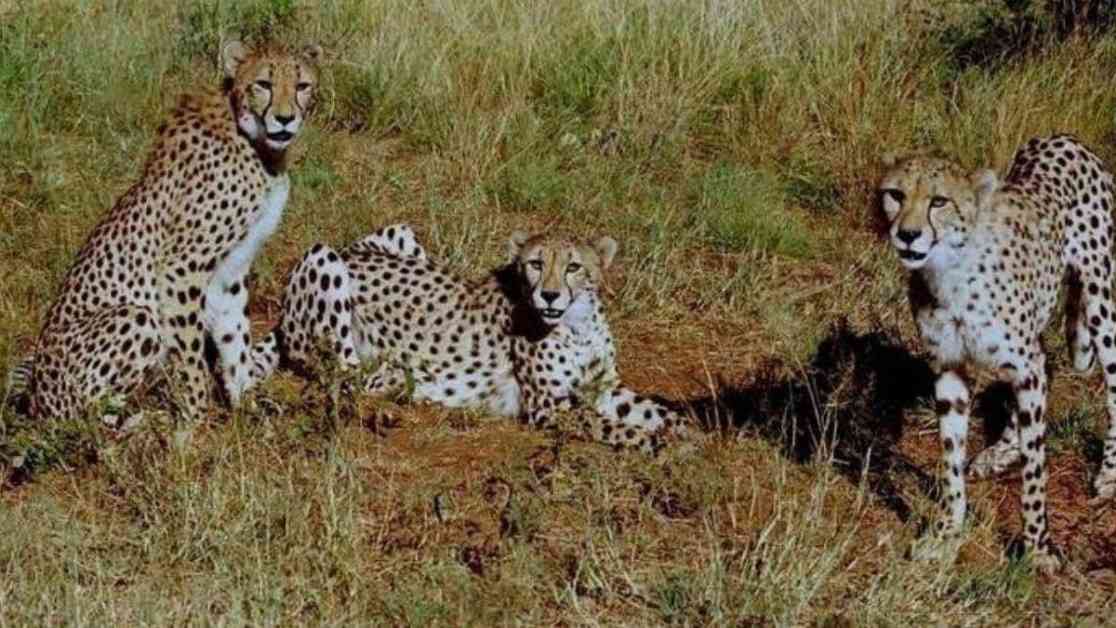Project Cheetah: A 2-Year Review and Future Outlook
Project Cheetah, an internationally acclaimed initiative aimed at reintroducing cheetahs to the wild in India, recently celebrated its second anniversary. The past year has been marked by several promising births, as well as some painful losses, but overall, there is growing optimism and ambition for the future of the project.
Births and Losses:
In the second year of Project Cheetah, a total of 13 cubs were born on Indian soil, bringing hope for the conservation of this endangered species. However, two adult cheetahs, Namibian males Shaurya and Pawan, unfortunately passed away. The deaths of these cheetahs, particularly Pawan, who was the only cheetah roaming freely in Kuno National Park, raised concerns among experts.
Challenges and Criticisms:
While there have been successes in terms of cheetah births, there are also challenges that Project Cheetah faces. One major concern is the size of the enclosures in which the cheetahs are currently housed. Cheetahs require large areas to roam freely, and the enclosures in Kuno National Park are significantly smaller than what they need in the wild. This has raised questions about the well-being of the cheetahs and whether they are truly living in their natural habitat.
Future Plans:
Despite the challenges, authorities are forging ahead with plans to expand the cheetah habitat in India. Efforts are underway to bring in a new batch of cheetahs from Africa to the Gandhisagar Wildlife Sanctuary, as well as establish a conservation breeding center in the Bunni grasslands in Gujarat. Additionally, plans are in place to create a larger cheetah habitat spanning multiple territories in Madhya Pradesh and Rajasthan.
Moving Forward:
As Project Cheetah enters its third year, there are high expectations for improved coordination, greater transparency, and more effective habitat management. Conservationists are closely monitoring the progress of the project, hoping that the cheetahs can eventually be reintroduced to the wild with minimal human intervention.
Subheadings:
1. Promising Births and Painful Losses
2. Addressing Challenges and Criticisms
3. Looking Ahead: Future Plans for Project Cheetah




















